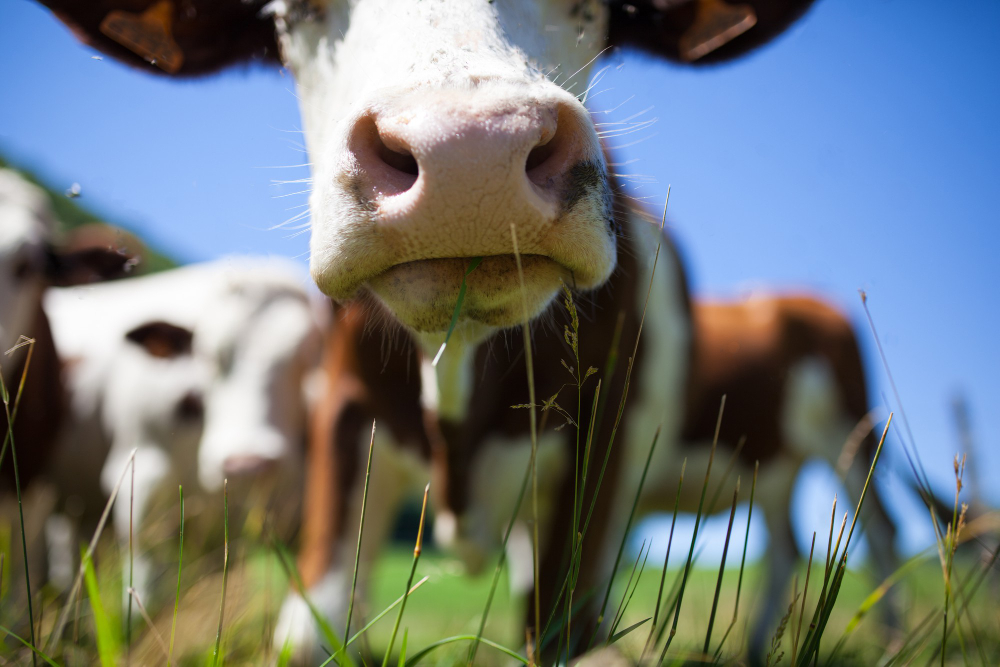Cows have been domesticated for thousands of years, serving as an important source of meat, milk, and other dairy products. However, with the rising global demand for animal products, there is a need to improve cow breeding and genetics to increase efficiency, sustainability and profitability. A good breeding program requires careful consideration of factors such as disease resistance, reproduction, milk productivity, and meat yield. With the rapid advancement in technology, there is optimism about the future of cow breeding, but there are also challenges that need to be addressed. In this blog post, we will discuss the advancements in cow breeding and the challenges that lie ahead.
Advancements in cow breeding come from both traditional and modern methods. Traditional methods involve artificial insemination, selective breeding, and crossbreeding. These methods have been used for centuries to improve animal genetics. The modern methods of cow breeding include genomics, epigenomics, and gene editing techniques.
Genomics uses DNA sequencing technology to study the whole genome of an individual cow, making it possible to identify desirable traits such as milk production, disease resistance, and feed efficiency. This helps breeders to select the best animals for breeding and avoid inbreeding. Epigenomics, on the other hand, studies changes in gene expression that are not caused by changes in the DNA sequence. This can help identify the effects of the environment on animal genetics.
The gene editing technology CRISPR/Cas9 is used to precisely mutate or introduce genes in cows, making it possible to breed animals with desirable traits such as hornlessness or increased disease resistance. These methods have the potential to revolutionize cow breeding and increase efficiency and profitability. However, there are also ethical concerns regarding their use.
One key challenge in cow breeding is disease resistance. Cows are susceptible to many diseases, including infectious diseases such as mastitis, tuberculosis, and Bovine Viral Diarrhea, and non-infectious diseases such as metabolic disorders. Diseases can have a detrimental effect on the cow’s productivity, health, and welfare, leading to economic losses for breeders. In addition, some diseases can be transmitted to humans, causing health risks.
To mitigate the challenges of disease, cow breeders have developed vaccine programs, genetic selection, and biosecurity measures. However, emerging diseases and antibiotic resistance pose new challenges that need to be addressed. By applying genomics, epigenomics and gene editing techniques, it is possible to breed cows with better disease resistance and reduce the need for antibiotics.
Another challenge in cow breeding is the sustainability of the industry. Cows are known to produce greenhouse gases, contributing to climate change. Besides, the production of feed for cows requires a lot of land, water, and energy, leading to environmental degradation. To overcome this challenge, breeders are adopting sustainable practices, such as breeding cows that use less feed and produce less greenhouse gases.
In conclusion, cow breeding plays a crucial role in the production of food and dairy products worldwide. With advancements in genomics, epigenomics, and gene editing techniques, there is optimism about the future of cow breeding. However, challenges such as disease resistance and sustainability need to be addressed to meet the global demand for animal products sustainably. Cow breeders and scientists need to work together to ensure the welfare, health, and productivity of cows, while minimizing the environmental footprint of the industry. As consumers, we can support sustainable and ethical cow breeding practices by choosing products from responsible breeders and advocating for animal welfare.






